Many changes have on corporate governance have been put forth by The LODR (Amendment) Regulations, 2018 on the suggestion by the Kotak Committee.
Requirements for the changes: A specified format secretarial audit report to be annexed for both the listed entity and its material subsidiary. Regulation 24A was inserted to be effective for the year ended on March 31, 2019.
SEBI circular (8th February 2019) states the format for annual secretarial compliance report that is mandatory to be annexed to the annual report for the financial year 2018-19. The amendment is the same for both the reports – annual secretarial report and annual secretarial compliance report.
All the listed entities and their material unlisted subsidiaries can continue to follow the format given under section 204 of the Companies Act, 2013 read with its rules (MR-3). But all the listed entity will still be required to annex a separate report i.e. ‘annual secretarial compliance report’ for due compliance under Reg. 24A.
Annual Secretarial Compliance Report (‘ASC Report’)
In order to submit the ASC report, the PCS must check that everything is as per the SEBI Regulations and circulars/ guidelines issued. SEBI has also mentioned that ICSI has issued the guidance note for enabling the auditors to conduct their audit both in letter and in spirit.
ASC report can be submitted within 60 days from the end of the financial year. This time PCS will have a fixed time frame of 60 days to check for SEBI compliances.
Since SEBI laws are not applicable to the material unlisted subsidiary of the listed entities, annexing the ASC report in their annual report is not required.
MR-3 and ASC Report Scope
Reg. 24A has brought forward many overlaps between MR-3 and ASC Report but that does not take away the fact that it has strengthened the group oversight and improved compliance at the group level for listed entities
Consequence for Non-Compliance
The listed entity shall be penalized both under the Act, 2013 as well as the Listing Regulations in case of non-compliance. However, the consequence for non-compliance in case of the material Indian unlisted subsidiary is not clear since it is neither covered under the Act, 2013 nor the SEBI regulations (being unlisted). Probably the same may be prosecuted as per the prosecution of the parent company.
Conclusion
MR-3 is much broader in scope as compared to the ASC report. Even though the ASC report is an overlap of the reporting under MR-3, the former is to be sent to SEBI.
The PCS certification makes the ASC report the fiduciary of the listed entity and also liable for not reporting non-compliance of the SEBI laws. The limited time period allotted to the PCS for certifying the ASC report is also seen as a huge challenge.



